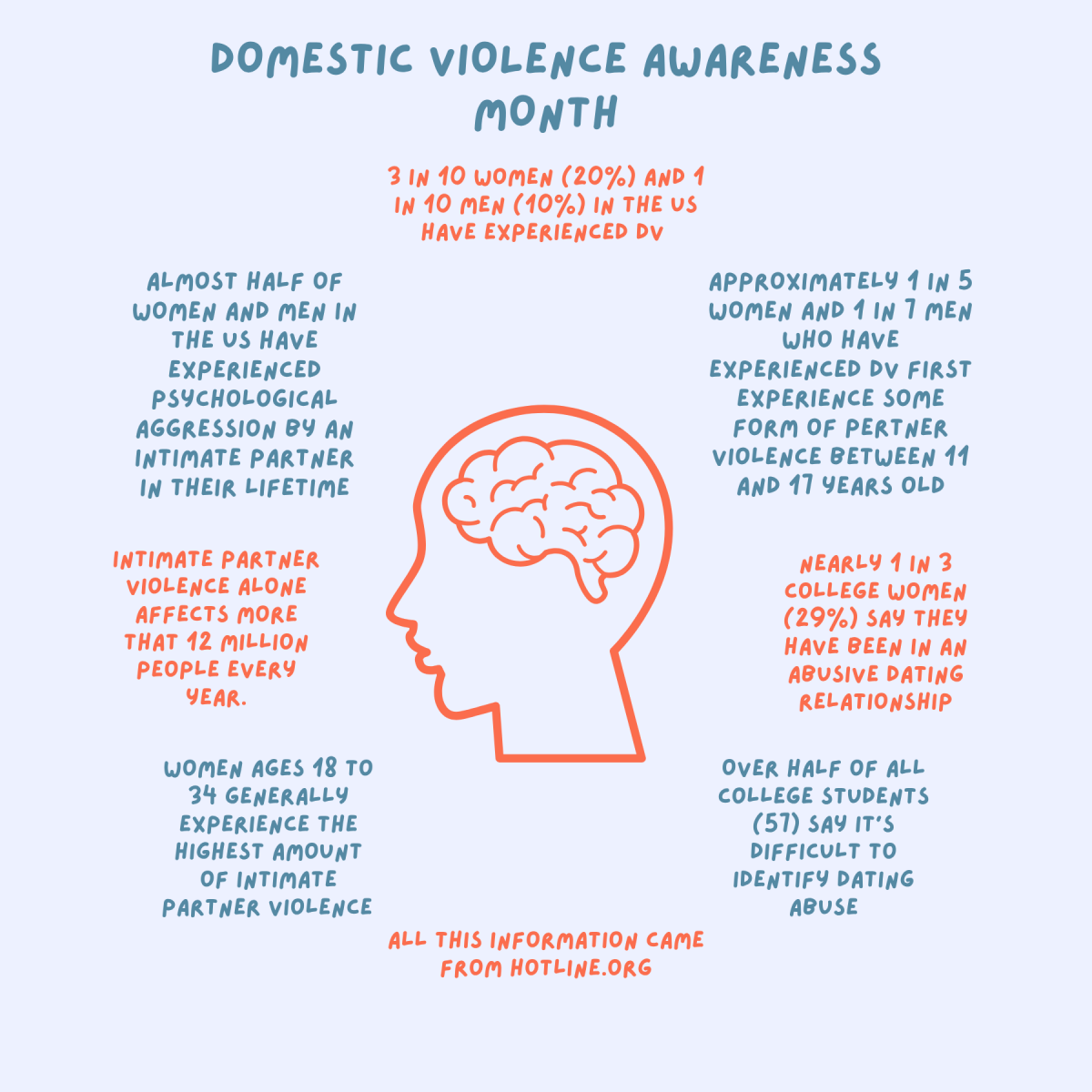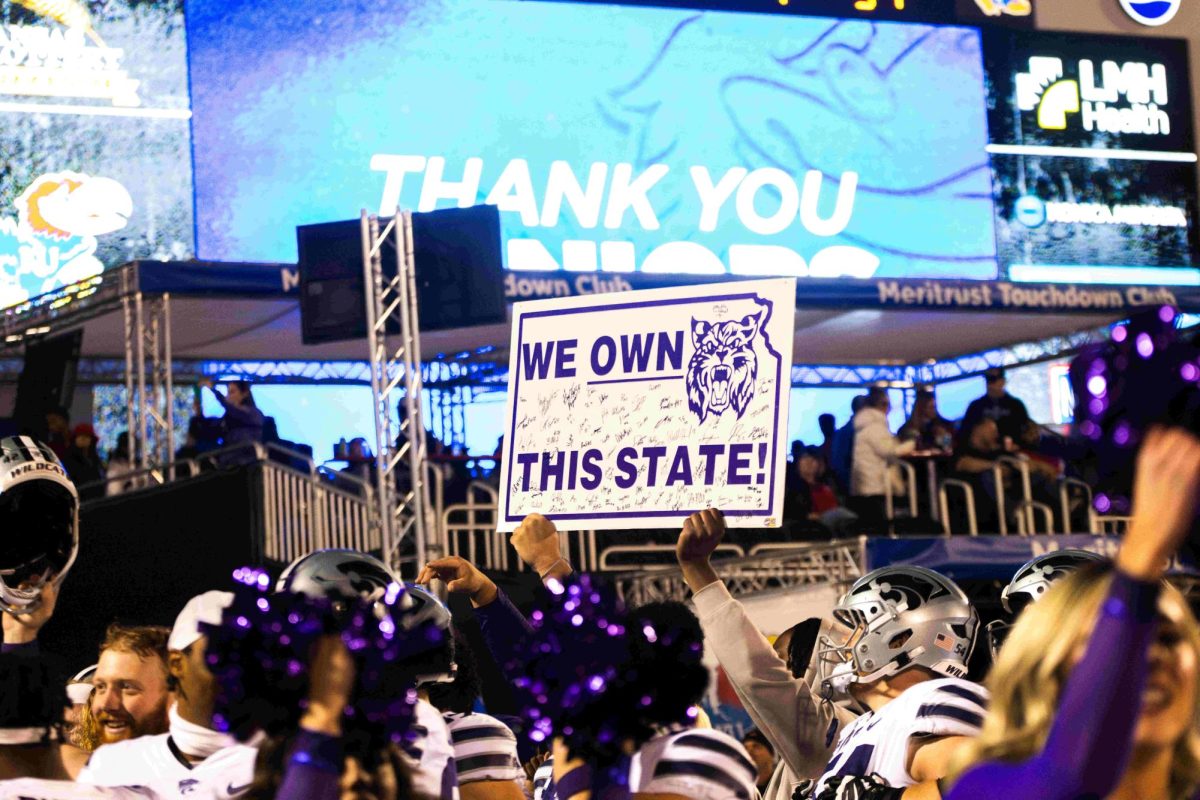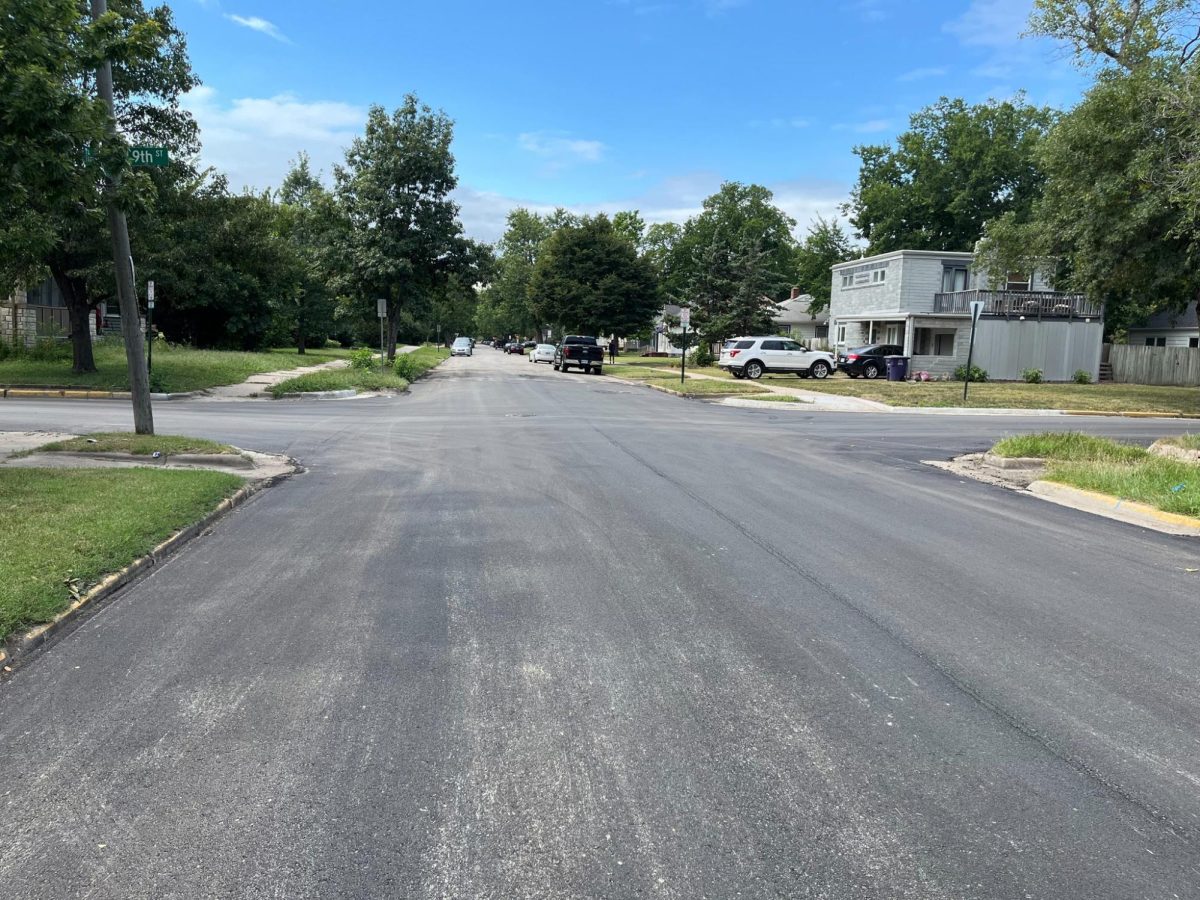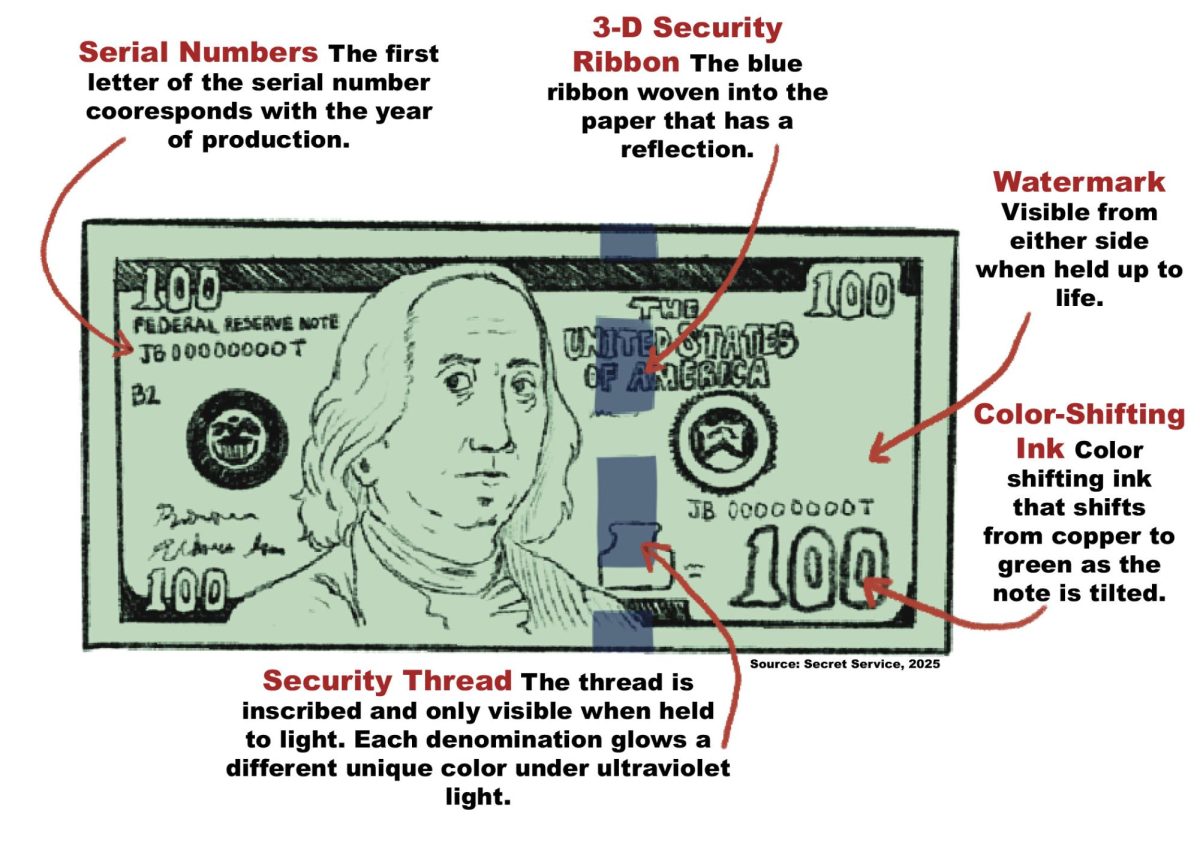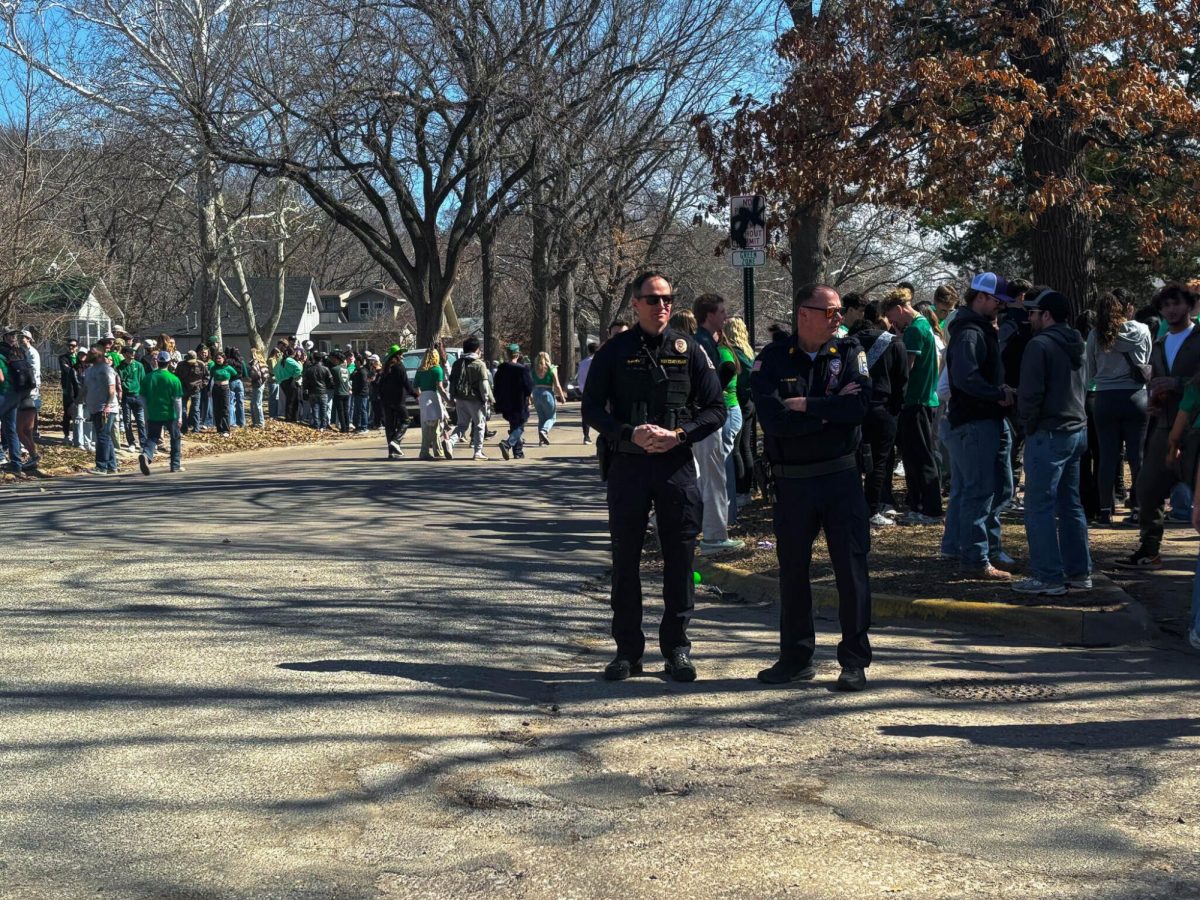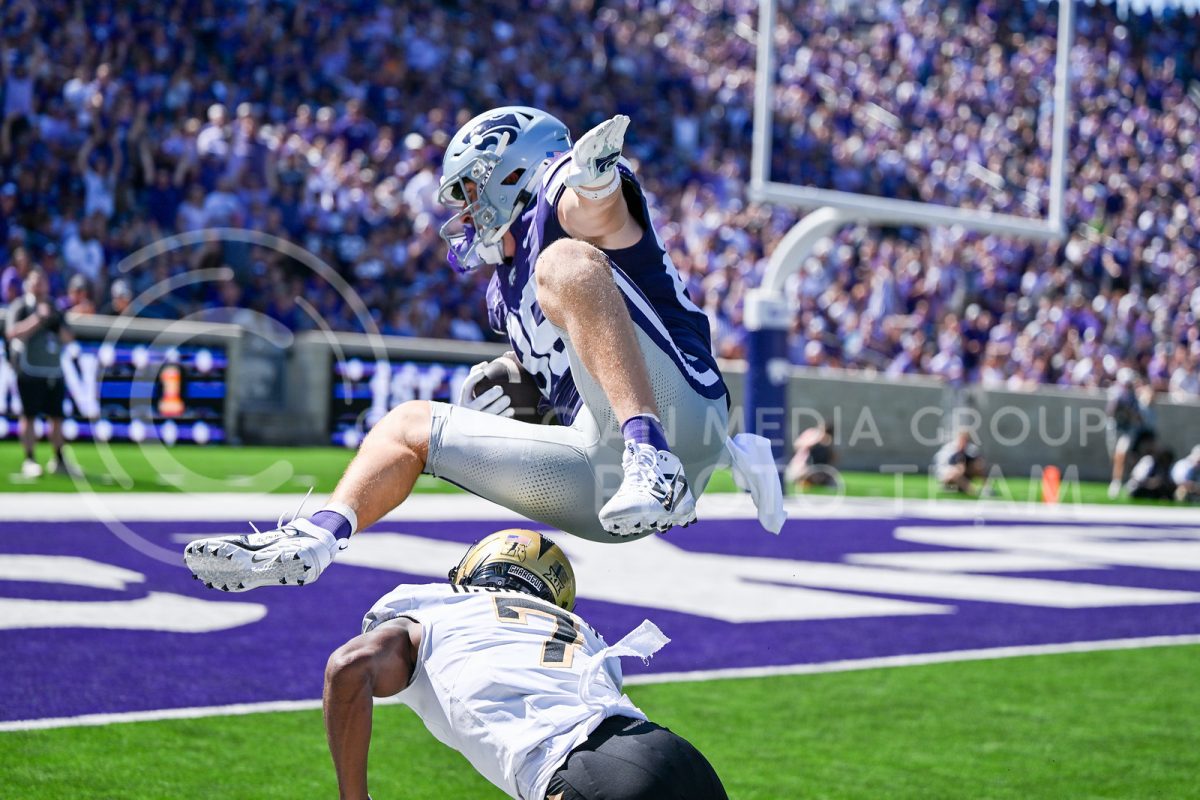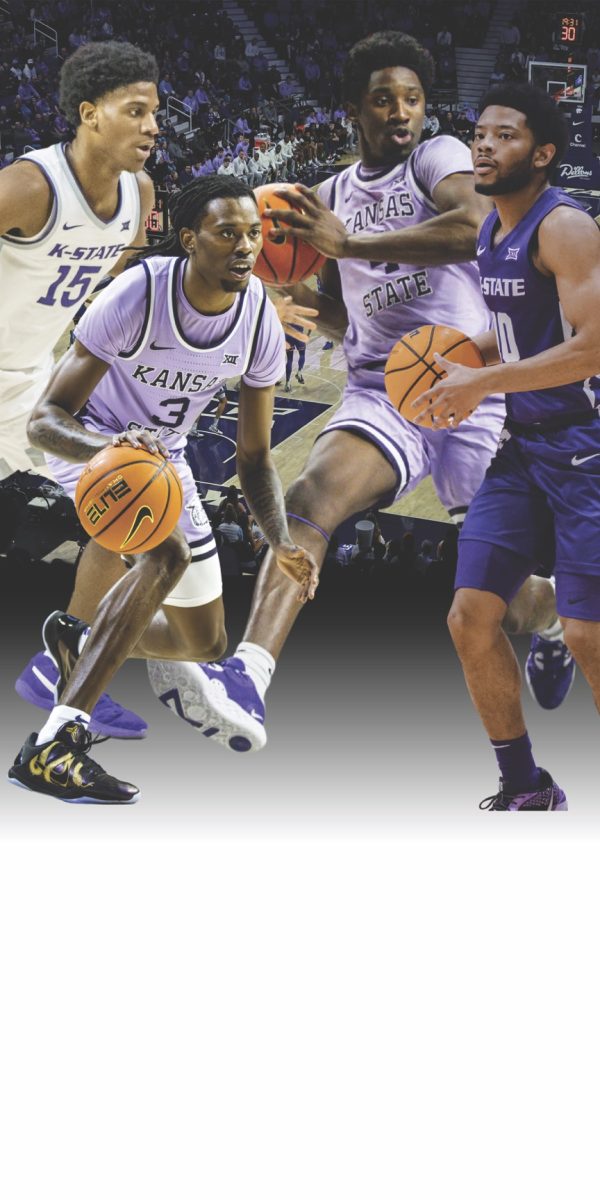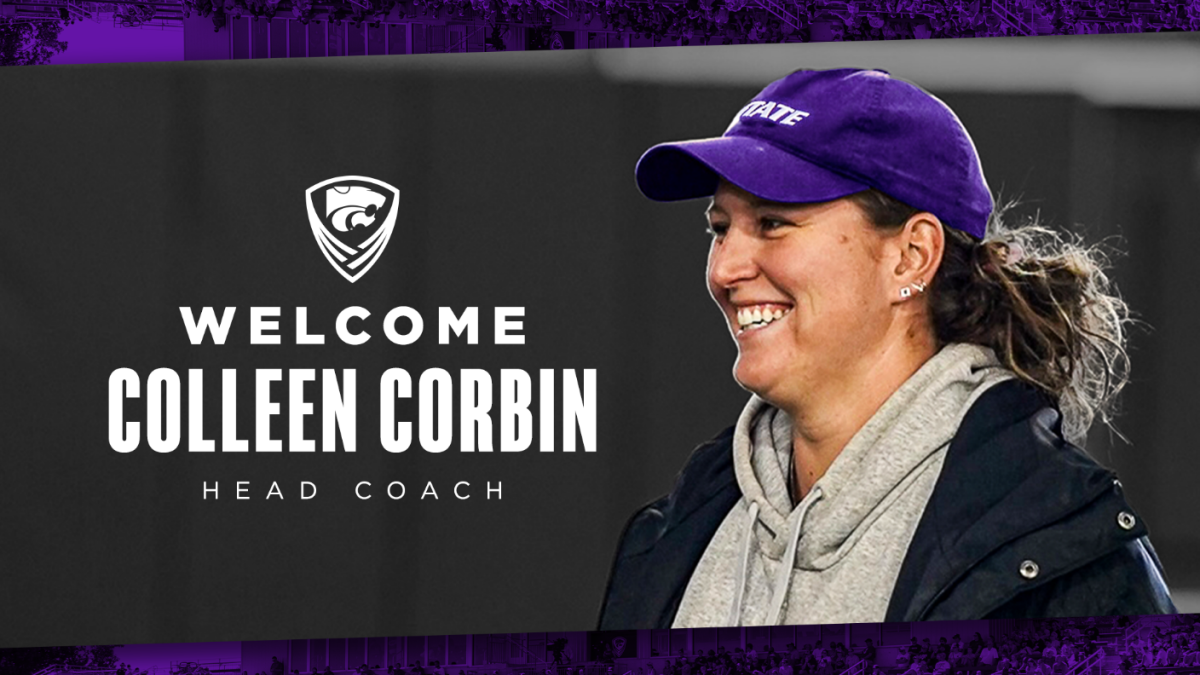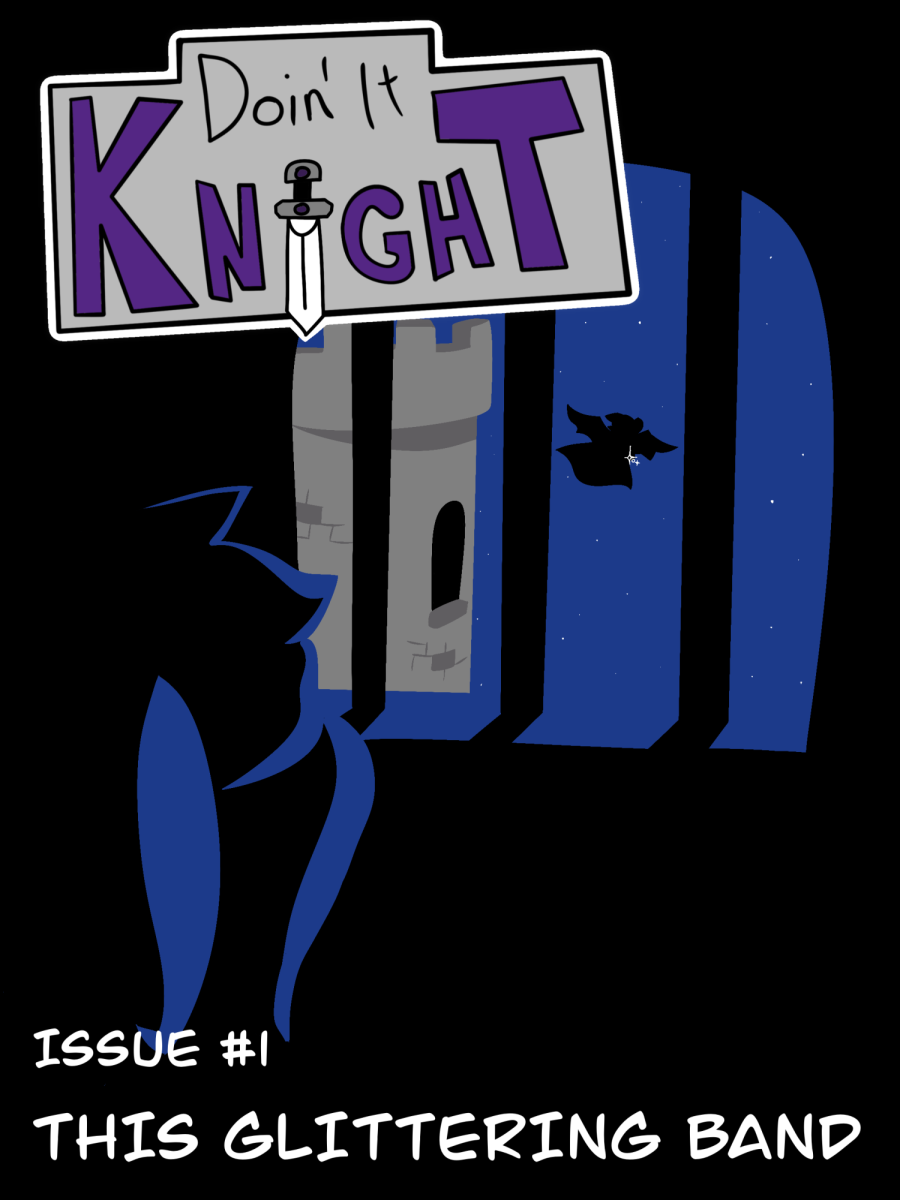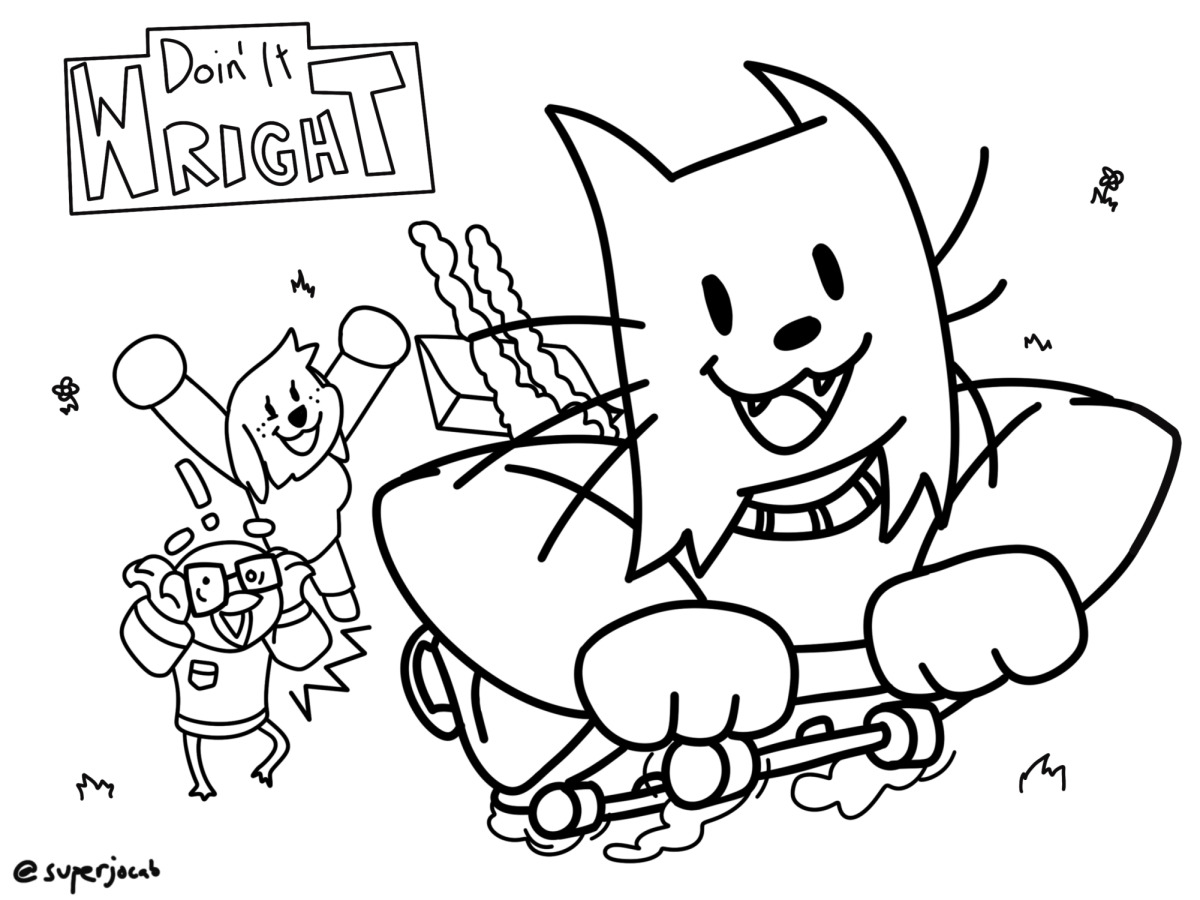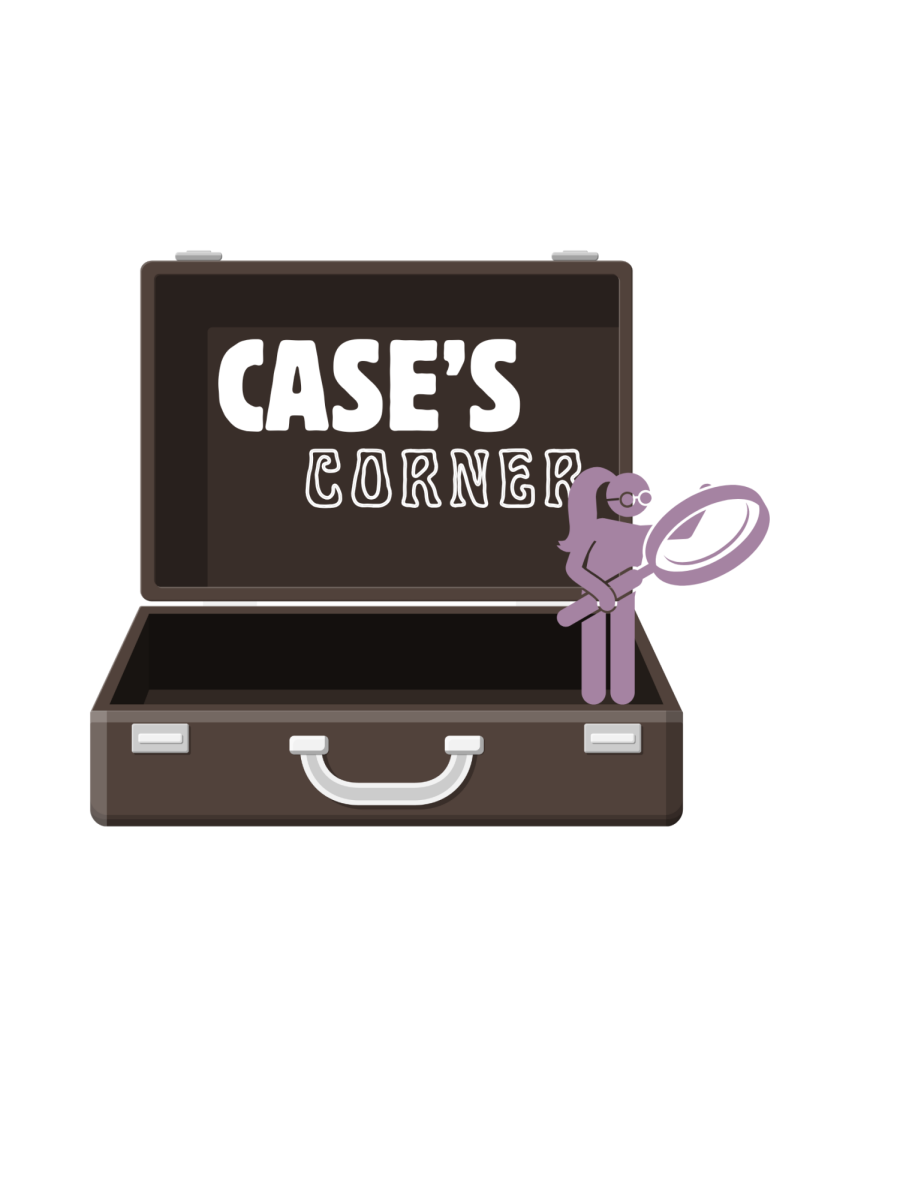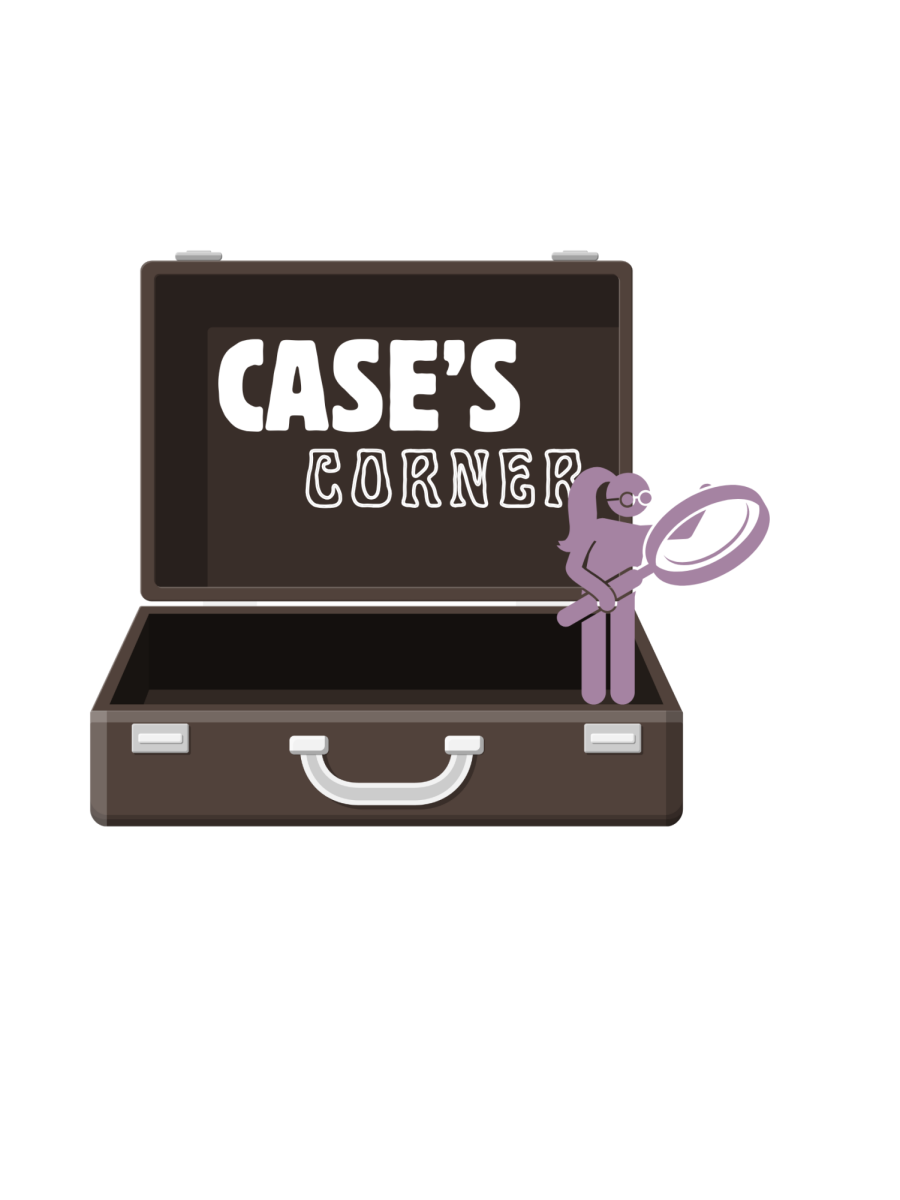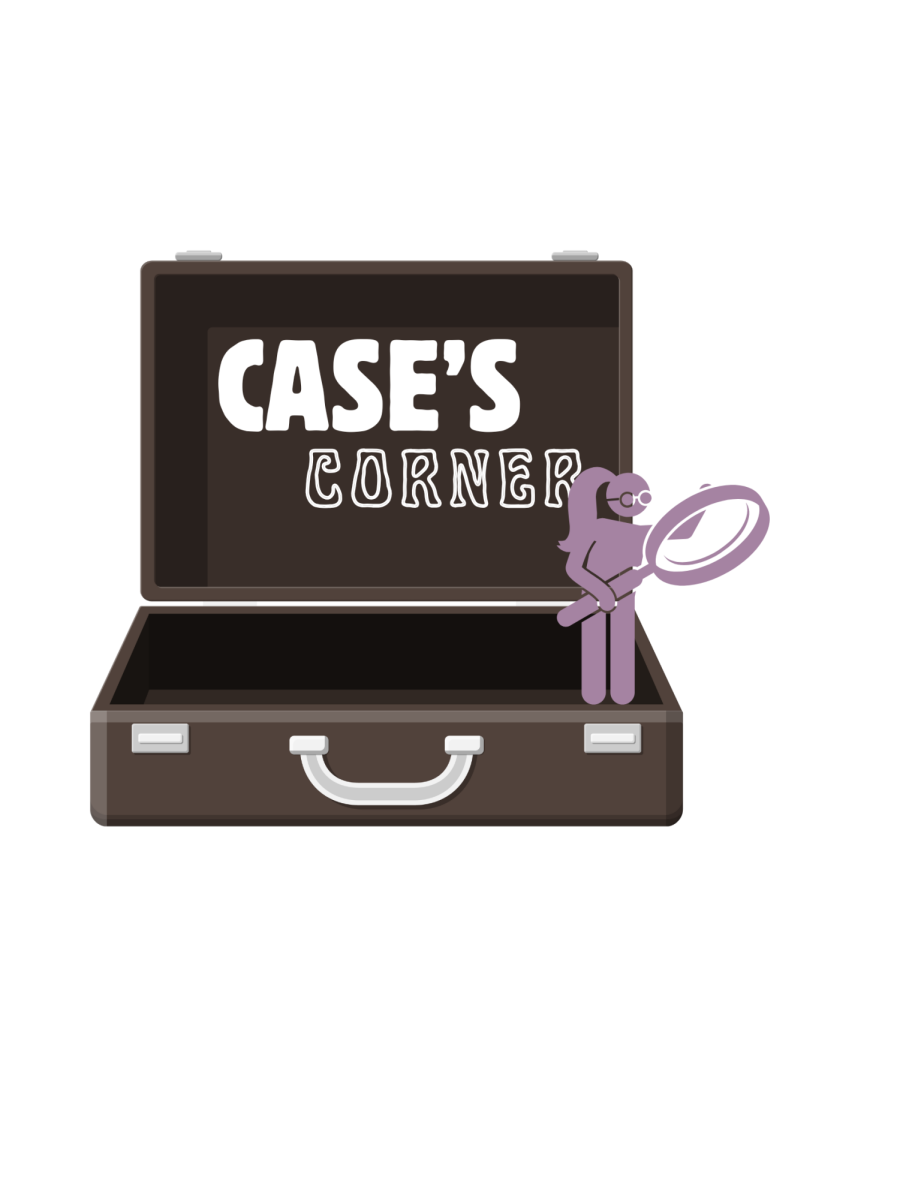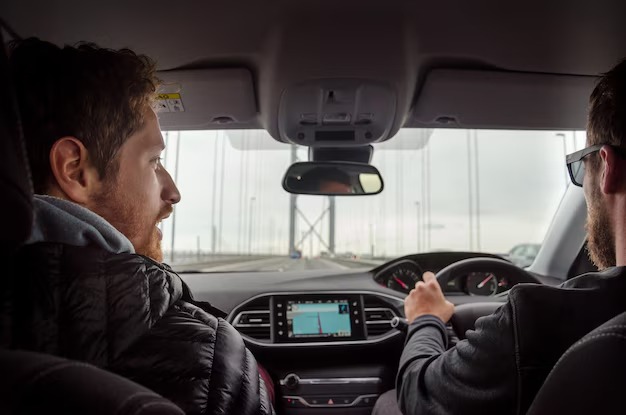Driving for Uber or Lyft can be a great way to earn money with a flexible schedule. But not everyone who applies gets approved. There are a few common mistakes that can trip people up during the application process or even after they start driving.
Before you hit the road, it’s important to understand the basic requirements and what could potentially disqualify you. That includes everything from your driving record to the condition of your car. If you’re not sure whether your vehicle qualifies, it’s worth checking the official Uber driver and car requirements first.
In this article, we’ll walk through the most common issues that could get your application denied or your account deactivated. Whether you’re just getting started or already driving, knowing these red flags can help you avoid surprises.
Common Mistakes That Can Disqualify You from Driving with Uber or Lyft
1. Poor Driving Record
One of the fastest ways to get disqualified is having a questionable driving history. Uber and Lyft both run background checks, and your motor vehicle report is a big part of that. If you have a recent DUI, multiple moving violations, or a history of reckless driving, you’re likely to be rejected.
Both companies generally look for a clean record over the past 3 to 7 years, depending on the offense. For example, Uber typically disqualifies applicants with more than three minor violations in the past three years. That includes speeding tickets, accidents, and traffic light violations.
2. Certain Criminal Offenses
Uber and Lyft also screen for criminal history, and not all offenses are treated equally. Serious charges like felony convictions, violent crimes, and sexual offenses will usually lead to an automatic disqualification.
In California, for instance, the Public Utilities Commission requires rideshare drivers to pass a criminal background check. If you have been convicted of a violent felony or certain theft-related crimes within the last seven years, you may be legally barred from working with a TNC (Transportation Network Company) under state law.
3. Invalid or Expired Driver’s License
You must have a valid U.S. driver’s license to qualify. If your license is expired, suspended, or from a different country, you won’t pass the initial check.
Most platforms require that your license has been valid for at least one year. In some states, younger drivers may need up to three years of licensed driving history before they can be considered.
4. Vehicle Doesn’t Meet Age or Condition Standards
Your vehicle needs to be in good shape and meet specific criteria. If your car is too old, has visible damage, or lacks required safety features, you might not make the cut.
Requirements vary by city, but in most places, Uber and Lyft won’t accept cars older than 10 to 15 years. They also require four doors, working seat belts, and a functioning air conditioning system. If your car has a salvage title or failed a recent inspection, it’s likely to be rejected.
5. Failing the Vehicle Inspection
Even if your car meets the age and design requirements, it still needs to pass an inspection. These checks look at things like brakes, tires, lights, horn, and seat belts.
If your car fails the inspection or you’re unable to provide proof of a passed inspection when requested, you won’t be cleared to drive. Inspections usually need to be repeated annually or even more often in some cities.
6. Incomplete or Inaccurate Application
Many drivers are turned away simply because they didn’t complete the application correctly. Missing documents, blurry photo uploads, or incorrect information can delay or cancel the review process.
Double-check that you’ve submitted a clear driver’s license photo, vehicle registration, and proof of insurance. All documents should match the name on your application.
7. Using an Unauthorized Vehicle
You’re only allowed to drive the vehicle listed on your profile. Using a different car, even temporarily, without updating your account can get you suspended or deactivated.
This rule is strictly enforced to ensure safety and transparency for riders. If you need to switch cars, be sure to go through the official update process in the app.
8. Letting Someone Else Drive on Your Account
Your account is yours and yours alone. Letting someone else drive under your name is considered fraud and is one of the quickest ways to get permanently deactivated.
Uber and Lyft use real-time ID verification and other tools to catch this kind of activity. If they detect any account sharing, the consequences are immediate and final.
9. Poor Ratings or Rider Complaints
Even after you’re approved, your status as a driver depends on rider feedback. Consistently low ratings or complaints about safety, cleanliness, or professionalism can trigger a review.
Both platforms have thresholds for minimum ratings, usually around 4.6 out of 5. Dropping below that number or receiving repeated complaints can lead to temporary suspension or removal from the platform.
Final Thoughts
Driving for Uber or Lyft can be a good opportunity, but it comes with clear rules and expectations. Whether it’s your driving history, the condition of your vehicle, or how you handle rider interactions, staying within the guidelines is key.
The most common disqualifying mistakes are usually avoidable. By keeping your paperwork in order, being honest during the application, and maintaining a professional attitude on the road, you’ll give yourself the best shot at getting approved and staying active on the platform.





